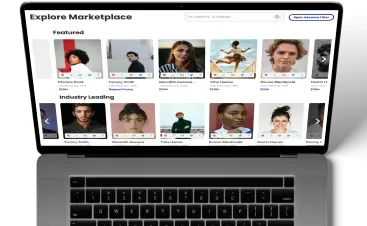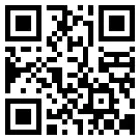What Is A/B Testing?
A/B testing, or split testing, compares two versions of a webpage, email, or other marketing assets to determine which one performs better. In an A/B test, the audience is randomly divided into two groups: Group A sees version A, and Group B sees version B. By analyzing the performance metrics such as click-through rates, conversions, or sales, you can identify which version is more effective. This data-driven approach helps optimize marketing efforts and improve overall results.
How Do You Set Up An A/B Test?
Setting up an A/B test involves several steps to ensure you gather reliable and actionable data. Here’s a detailed guide on how to set up an A/B test:
- Define Your Goal: Determine what you want to achieve with the test, such as increasing click-through rates, conversions, or sales.
- Identify the Variable to Test: Choose a single element to test, such as a headline, call-to-action button, image, or layout.
- Create Variations: Develop two versions of the element: the original (control) and a modified version (variation).
- Select Your Audience: Randomly divide your audience into two groups. Ensure the groups are similar in size and characteristics to avoid bias.
- Determine the Sample Size: Calculate the number of participants needed in each group to achieve statistically significant results. Online sample size calculators can help.
- Run the Test: Simultaneously expose each group to one of the versions. Ensure that external factors remain constant to avoid skewing the results.
- Collect Data: Track and record the performance metrics of both versions. Common metrics include click-through rates, conversion rates, and engagement levels.
- Analyze Results: Compare the performance of the two versions using statistical analysis to determine if the differences are significant.
- Draw Conclusions: Based on the data, decide which version performed better and why. Use these insights to make informed decisions.
- Implement Changes: Apply the winning version to your broader audience and consider using the insights for future tests.
- Iterate: Continuously test new variations to optimize your marketing assets further and improve performance over time.
By following these steps, you can set up practical A/B tests that provide valuable insights into what works best for your audience.
When Would You Use A/B Testing?
A/B testing is a valuable tool to optimize and improve your marketing strategies in various scenarios. Here are some everyday situations when you would use A/B testing:
- Website Design and Layout: Test different designs or layouts to see which leads to higher engagement or conversions.
- Landing Pages: Compare different landing page versions to determine which results in more sign-ups or sales.
- Email Marketing: Test subject lines, email content, call-to-action buttons, or sending times to improve open and click-through rates.
- Ad Campaigns: Evaluate different ad creatives, headlines, or targeting options to maximize the effectiveness of your ads.
- Call-to-Action (CTA): Test different CTA text, colors, or placement to see which drives more clicks or conversions.
- Content Marketing: Compare blog post titles, images, or formatting versions to determine what resonates more with your audience.
- Pricing Strategies: Test different pricing models or discount offers to determine which generates more sales or higher revenue.
- User Experience (UX): Test changes in navigation, form fields, or user flows to improve the overall user experience and reduce bounce rates.
- Product Features: Test the introduction of new features or changes to existing ones to gauge user response and adoption.
- Customer Onboarding: Compare different onboarding processes or tutorials to see which leads to better user retention and satisfaction.
- Social Media Posts: Test different post formats, captions, or hashtags to determine which generates more engagement and shares.
By using A/B testing in these scenarios, you can make data-driven decisions that enhance performance, user satisfaction, and business outcomes.
What Is An Example Of An A/B Test?
Let’s say you run an e-commerce website and want to increase the number of purchases. Changing the “Add to Cart” button color from green to orange might make it more visible and encourage more clicks.
To test this, you set up an A/B test. You create two versions of the product page: one with a green “Add to Cart” button (version A) and one with an orange “Add to Cart” button (version B). You then randomly assign website visitors to see either version A or version B, tracking the number of clicks and purchases for each version.
After collecting data for a set period, you analyze the results. If version B (with the orange button) shows a higher click-through rate and more purchases than version A (with the green button), you conclude that the orange button is more effective. Based on this, you implement the orange button site-wide to improve conversion rates.
Check out some other terms you may encounter in the Creator economy here.




